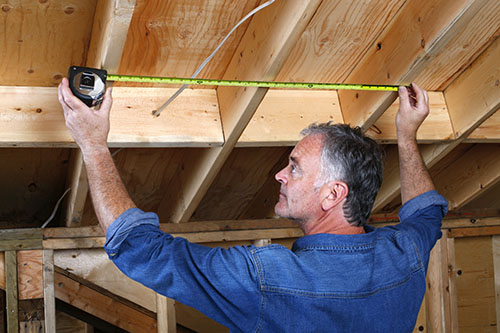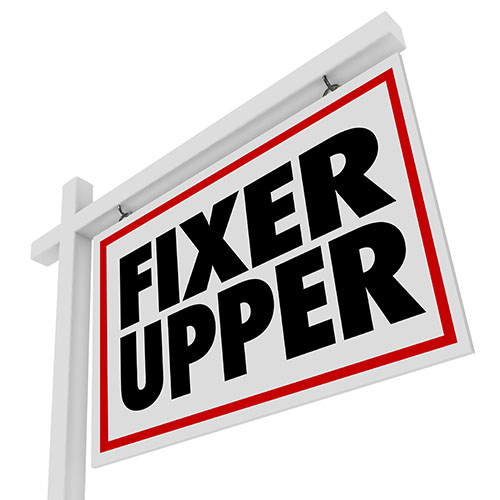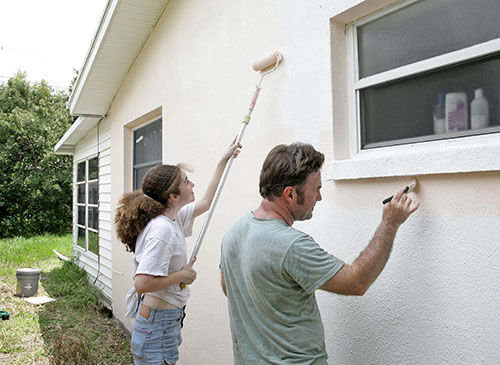 A good credit rating is built on a number of financial factors including paying your bills on time and the length of your credit history, but loans can also be a source of bolstering your credit score in a positive way. While this means that loans can actually be a good thing, there are also the kinds of loans that can have a damaging impact on acquiring a mortgage. If you’ll soon be pursuing your own home purchase, here are some loans that may have a negative impact.
A good credit rating is built on a number of financial factors including paying your bills on time and the length of your credit history, but loans can also be a source of bolstering your credit score in a positive way. While this means that loans can actually be a good thing, there are also the kinds of loans that can have a damaging impact on acquiring a mortgage. If you’ll soon be pursuing your own home purchase, here are some loans that may have a negative impact.
Borrowing For Education
When you are young, student loans are an ideal means of paying down your debt and developing a positive credit history. However, if these loans are left to linger they can have a marked effect on your chances of a mortgage approval. Since paying back your student loans will be one of the first times in your financial life that you’ll be able to prove your reliability, you should ensure you pay them on a consistent basis in order to lower your overall debt-to-income ratio.
Credit Card Debt
Many people don’t think of the purchases that go on their credit card as loans, but the money on your credit card does not really belong to you until it’s paid off. While credit cards can be a great boon for establishing your credit in the early days, if you rack up a lot of credit card debt and do not pay your minimum payments by the due date, it will cause a considerable dip in your credit score. In addition, taking on too many cards can be a negative signal to lenders.
Payday Loans
In recent years, payday loans have sometimes been broken out separately from other loans on a person’s credit report. However, unlike many other types of loans, payday loans can be seen in a bad light by lenders because they can be indicative of someone who’s experienced significant financial setbacks, which would negatively impact their ability to pay a mortgage. While some mortgage lenders will not decline an application due to payday loans, some have already started to take this step.
Acquiring loans can be a good means of developing a credit history, but there are types of loans that may look bad on your mortgage application and won’t be of service if you can’t pay them off consistently. If you’re considering submitting a mortgage application, contact your local real estate professional for more information.
 There was a time when it was possible to acquire a mortgage shortly after filing for Chapter 7 bankruptcy, but with the shifts in the financial sector, the timeline on such a mortgage approval has changed in recent years. If you’re currently undergoing a Chapter 7 bankruptcy and are wondering how this will impact home ownership, here are the basics on this type of bankruptcy and what it may mean for you.
There was a time when it was possible to acquire a mortgage shortly after filing for Chapter 7 bankruptcy, but with the shifts in the financial sector, the timeline on such a mortgage approval has changed in recent years. If you’re currently undergoing a Chapter 7 bankruptcy and are wondering how this will impact home ownership, here are the basics on this type of bankruptcy and what it may mean for you. Last week’s economic news included reports on job openings, retail sales and recurring reports on mortgage rates and new jobless claims. Job openings and hiring increased, which provided further evidence of stronger economic conditions. Retail sales were flat in July, new unemployment claims dropped and mortgage rates changed little.
Last week’s economic news included reports on job openings, retail sales and recurring reports on mortgage rates and new jobless claims. Job openings and hiring increased, which provided further evidence of stronger economic conditions. Retail sales were flat in July, new unemployment claims dropped and mortgage rates changed little. In a hot market it’s easy to be blinded by the competition and succumb to the pressure to make an offer on a home before you’ve adequately assessed it. If you’re looking to buy a home this summer, use these four tips to uncover hidden flaws before you put your offer in.
In a hot market it’s easy to be blinded by the competition and succumb to the pressure to make an offer on a home before you’ve adequately assessed it. If you’re looking to buy a home this summer, use these four tips to uncover hidden flaws before you put your offer in. Fixer uppers can come with huge price benefits and opportunity, as well as problems. Make sure you understand what you’re getting yourself into before you purchase a home that needs significant restoration.
Fixer uppers can come with huge price benefits and opportunity, as well as problems. Make sure you understand what you’re getting yourself into before you purchase a home that needs significant restoration. If you want something hands-on to do this summer, look no further than the outside of your house. There are many reasons to refresh the paint job on your house, including increased protection against weathering, and increased curb appeal. Whatever your reason, read on to learn just what you’ll need, and need to do, to paint your home’s exterior.
If you want something hands-on to do this summer, look no further than the outside of your house. There are many reasons to refresh the paint job on your house, including increased protection against weathering, and increased curb appeal. Whatever your reason, read on to learn just what you’ll need, and need to do, to paint your home’s exterior.